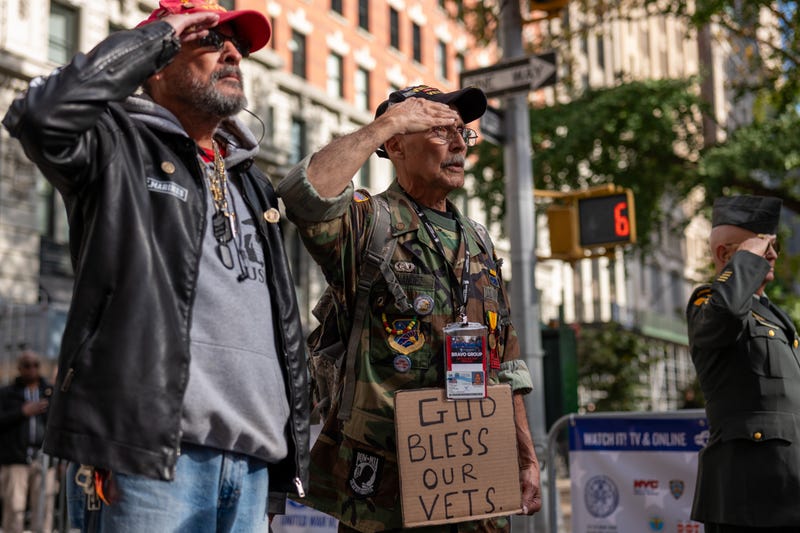
On Veterans Day, those who have served in the US Military are honored for the sacrifices they have made. Some former military members carry reminders of their service with them every day in the form of trauma or injuries that have impacted their lives. John Raughter is Deputy Director of Media Relations for the American Legion and he discussed some of the pervasive issues veterans face when their time in the military comes to an end.
Many veterans who served in the Middle East are dealing with lifelong breathing problems caused by toxic exposure from burn pits that were used in those areas. Those pits were used to burn waste and debris during the ongoing conflict and research has linked the chemicals released from those pits to various cancers and other ailments that many veterans are now facing. “Military service has more dangers than just enemy bullets,” emphasized Raughter when discussing the health issues being battled by US veterans.
Beyond the physical issues faced by former service members, pervasive mental problems are another hard reality that many veterans find hard to navigate. “It’s estimated that up to 30% of the homeless are veterans. There’s also a huge rate of suicide among veterans. A veteran is more than twice as likely to take his or her life than someone who has not served,” notes Raughter. The American Legion has various outreach and communication programs for veterans to take advantage of if they are feeling isolated or depressed. “Be the one to save one, just by being proactive in our communications with veterans. Listening to what they have to say is so important, along with referring (veterans) to professional assistance if needed,” Raughter adds.
For those worried about possible warning signs for loved ones who may be experiencing depression or feeling isolated after their military service, Raughter emphasizes that there are things to look out for. “If you see changes in personality where someone used to be very extroverted and now they don’t want to talk or they mostly want to be left alone, that should put them on your radar screen,” the former veteran points out. “Get them to open up and if they won’t open up to you, try to contact some of their peers they served with. It could be substance abuse, it could be as simple as not getting along with people … it could be episodes of rage. If they’re feeling unlike themselves, the people closest to that veteran can usually spot when something is off,” Raughter adds. He urges those who have concerns about the veterans in their lives to follow up on those instincts.
Raughter is quick to note that every veteran is different and the ways he or she deals with their time in the service can vary greatly from person to person. That said, he does think that occasional reunions of service members can help to improve mental health outcomes. “When you’re not considered unusual, that helps. Let’s face it: less than 1% of Americans serve in the military today. That means we’re a pretty significant minority. So, when you’re around people who have worn the uniform and gone through the same boot camp and basic training and in some cases served under fire together, there’s a commonality. You can talk and speak the same language. You understand the terminology and maybe the language isn’t the same you would use in the civilian world. It’s a way to connect and relate to one another without being judged,” Raughter went on to say.
